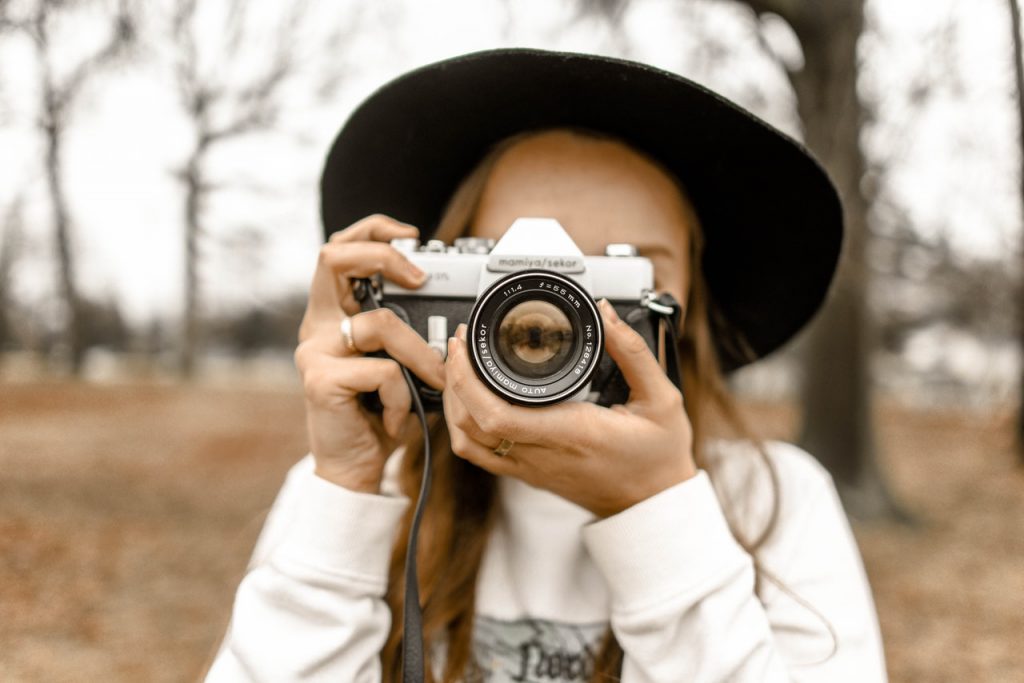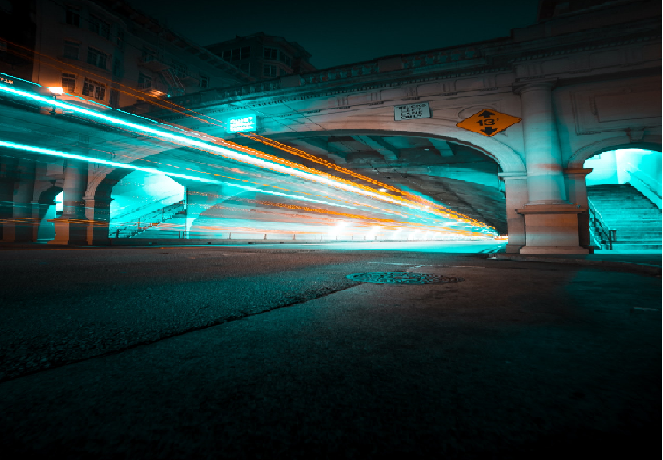Ever since cameras made their way into the market, there has been a significant amount of uproar amid the creative community. Not only is capturing a sense of emotion for photographers, but it also opens doors for perspectives. These perspectives can either be subjective or quite intimate. Moreover, when it comes to different forms and types of photography, there are several things you need to consider.

Being a photographer also implies that you choose the form you want to pursue – be it fashion, landscape, wildlife, aerial, action/sports, pet, event, or even architecture. Understanding the basic notions of photography forms are essential. But what’s even more critical is to absorb the theoretical knowledge and experimentation types while honing the skill. While action photography might want you to work on your shutter speed and timing, wildlife photography may well make you learn the importance of patience. Moreover, several other powerful tips will make you become a better photographer. So, here’s a rundown on how to improve your photography skills and level up the pro-photo beast within.
1. Tilt-Shift Photography
Under tilt-shift photography, many camera movements come into play that you can refer to as medium and small-format cameras. Moreover, you require special lenses to capture tilt-shift pictures. This sort of method encompasses a couple of various forms of movements.
Tilt Photography: Lens rotation under this method is relative to the image plane.
Shift Photography: The lens’ movement is parallel to the plane image.
Professional photographers use tilt to control the PoF’s orientation, which, in turn, makes a significant part of the image a bit sharper by following the principle of Scheimpflug. Meanwhile, in a shift, you can change the line of sight. This takes place while avoiding the parallel lines’ convergence. Furthermore, if you get the trick behind tilt-shift photography, you can even sell photographs or upload them on your online platforms.
2. Black & White
Gone are the days when black and white used to incur a nostalgic feeling amid people and photographers. Nowadays, professionals develop a black & white picture to match the aesthetic point of the image. To start with, you can check the filters that might suit a particular image. However, make sure that the image does justice to this retro feeling. As a photographer, know that such a photography technique begins even before you have taken the shot. The utilization of RAW and low ISO plays a vital role in capturing a custom B&W image.
3. Motion Blur

People who capture city lights and water canals are familiar with motion blur. Since the technique exhibits a sense of speed, you can artificially achieve the effect. All you have to do is slow down the camera’s shutter speed while capturing a usual scene. However, if you face specific challenges in administering the camera’s settings, you can find this feature in Adobe Photoshop, but the images might turn out to be unprofessional and unnatural. As a result, professional photographers recommend people to apply such an effect through the camera itself. You can travel to any nearby water stream, waterfall, over a pass, or under the stars to take motion blur images.
4. Deep Blacks
A standard image might not make any difference, but if you purposefully lose or gain details in a snapshot, it might add to its dramatics. Suppose you click a picture while standing under the walkway, and it comes out to be a bit grainy and black. Even if you capture details around the walkaway’s wooden poles, you cannot observe the wooden grain. Increasing shadows and the number of black tones to the image makes it look more dramatic and fluent.
5. Frame In And Wait

Are you someone who likes to experiment with photography while travelling through the city? For frame and wait, pick a location or any gate that has been kept open. Wait for someone to pass through and then capture. Remember, the trick is to set the shutter speed to around 1/200 or 1/250 manually. While you adjust the shutter, the amount of light that might enter the lens will take a fall. As a result, increase the ISO to 200 to add a hint of artificial light.
6. Crop & Crop
Keeping an original image is not a hard and fast rule. If your capture has spaces that can be cropped, adhere to the thought. Sometimes, taking off unwanted objects or sequences makes the image more profound and attractive.
7. Make Use of Sunlight

Most of the time, your travel pictures might have flashes of sunrays running through an image’s dimensions. However, you can add it to your advantage. Sometimes, adding the sun flash can work. Don’t put your back against it, but turn towards the sun and capture worthwhile lens flare.
Final Thoughts
Having an expensive camera does not add to your photography skills. Knowing some of the basic rules and factors can determine your captures’ quality even with a basic camera. Create your own filter and keep experimenting until you achieve what you had in mind.

